All About Styling Quartz Vinyl
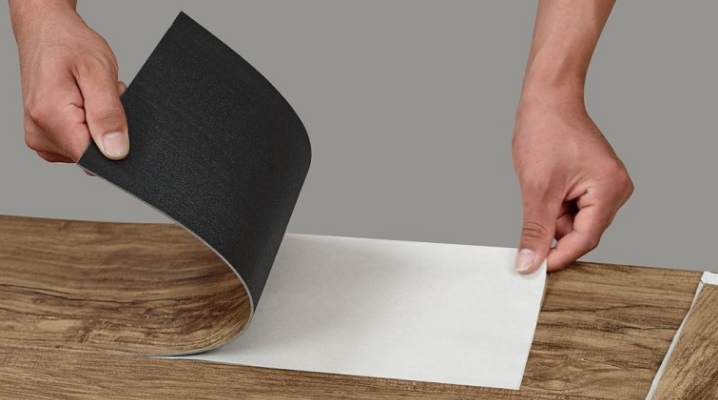
Quartz vinyl tile is considered an upgrade to PVC tile. The second product looks more like linoleum, cut into pieces. The updated version has acquired a lot of useful characteristics obtained by adding quartz sand, wood flour and resinous compounds of conifers to polyvinyl chloride.
The floor from this material is beautiful, warm, waterproof, frost-resistant, and abrasion-resistant.
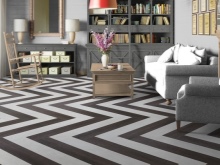
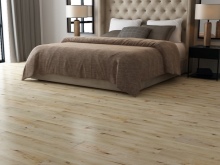
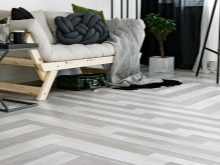
Substrate preparation and marking
For installation of quartz-vinyl flooring, the subfloor must be dry, absolutely clean, firm, even and smooth. Any unevenness in the surface will be visible after the flexible tile is installed.
- Concrete screed. Floor differences are leveled with a screed. It contains cement, sand and water. For strength, glue or plasticizers can be added to concrete, but in this case, you will have to work without delay, since the mixture dries quickly. It is more convenient, but more expensive to use a factory self-leveling mixture. To identify the unevenness of the screed, a rule of 2 meters long is used. The gaps between it and the surface should not exceed 2 mm. After drying, the floor is treated with a primer.
- Wooden sub-floor. You can level the surface for installing quartz-vinyl using chipboard, OSB or plywood sheets, the thickness of which is more than 20 mm. They are fixed with self-tapping screws, deepening the caps into the coating by a few mm. Places of recesses and seams between the plates are leveled with putty. After it dries, the floor is sanded. In a room with high humidity, all wooden surfaces are treated with biocidal mixtures and waterproofing is installed.
- Another basis. Quartz-vinyl tiles can be laid on old tiles if they have not lost their ideal evenness over time. All seams are pre-filled. A used but flat parquet or laminate can also become the basis for flexible tiles. Better, of course, to dismantle them and make a fresh screed. The previous coating is left as a basis in the event that they want to reduce the cost of the project, save on leveling compounds and working time.
On sale quartz-vinyl tiles can be found in different versions - square, rectangular, narrow and elongated, imitating boards. The marking is made taking into account the shape of the material and the method of laying.
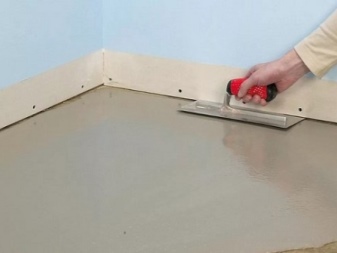
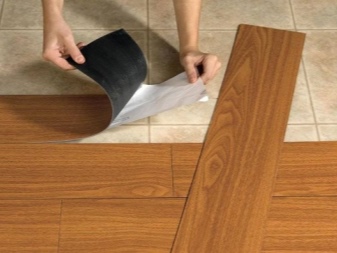
In the classic version, the layout of the interlocking tiles is made with their ends towards the window, then in natural light the seams become invisible. Contrasting products of different texture, on the contrary, are installed along the window opening to emphasize the play of shades. Apply a diagonal stacking scheme. In this option, the material consumption will be greater due to the complexity of the fitting. Most types of tile installation are offset.
Knowing the shape of the product and the starting angle, marks are made on the walls.
With the help of a cord, they indicate auxiliary lines. But it is enough to correctly set the first row and select the offset in the second row, as all subsequent actions will no longer need preliminary markings.
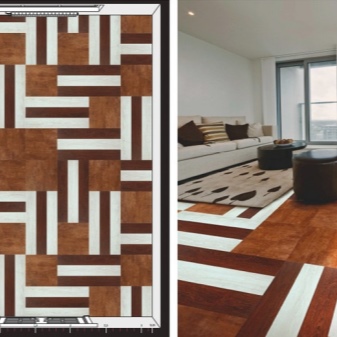
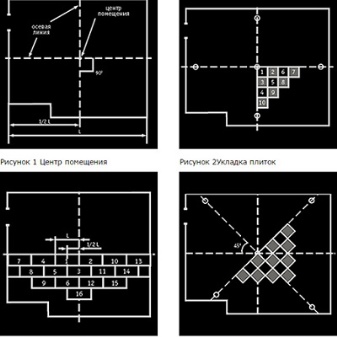
How to choose a glue?
To work with quartz vinyl, you may need different types of glue, it all depends on the type of tile and the room:
- Adhesive fixer. This type of glue is used for the installation of flexible lock tiles. It is used as a reliable fixer for any base. After drying, the slabs cannot move.They are used in large areas (without sills), in places with active traffic (offices, student audiences). The type of glue is selected depending on the room (for home renovation, for commercial use).
- Universal. The composition is used for installing adhesive tiles. You should choose a product taking into account the basis on which flexible tiles will be laid: absorbent (plywood, concrete) and non-absorbent (tiles, OSB). Adhesive types of quartz-vinyl are suitable for country houses where heating is irregular. They are also used in damp areas. The floor should dry out within two days after gluing.
- Two-component. It is a powerful type of glue and is used in special cases, for example, if the tiles need to be mounted on the ceiling, wall or in places with increased stress. It is difficult to work with him, it is better to trust a specialist.
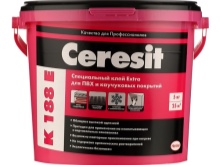
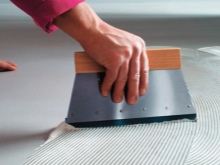
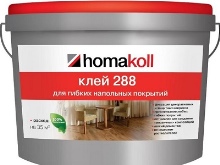
Technology and methods of laying
Laying glue and interlocking tiles have their own differences. Let's consider each option separately.
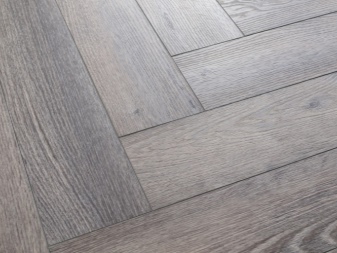
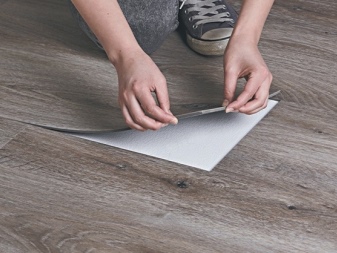
With a lock
To install this product, perform the following steps:
- a row of tiles is laid out with grooves towards the wall;
- the locking grooves in the starting row are cut off, the flexible tile is moved to the wall, leaving a gap of 1 cm;
- the next row is connected with the starting (first) row with the help of locks, the tiles should be laid out with an offset.
- in the same vein, the installation of the entire flooring takes place.

On glue
An adhesive composition is applied to the surface of the area to be pasted with a triangular notched trowel. Plates are stacked with tight pressing together. A rubber roller should be passed along and across the flexible tile, removing excess glue and air bubbles. Remaining glue should be removed immediately.

Free-lying tiles
Gumming with rubber on the seamy side of the tile allows you to securely fix it on the floor surface without the use of glue. It is enough to connect two elements and press them well. In this way, the installation of the floor of the entire room is done. This type of tile, before starting work, should be kept in a warm room for two days. The glue can only be used on an area exceeding 60 sq. m.
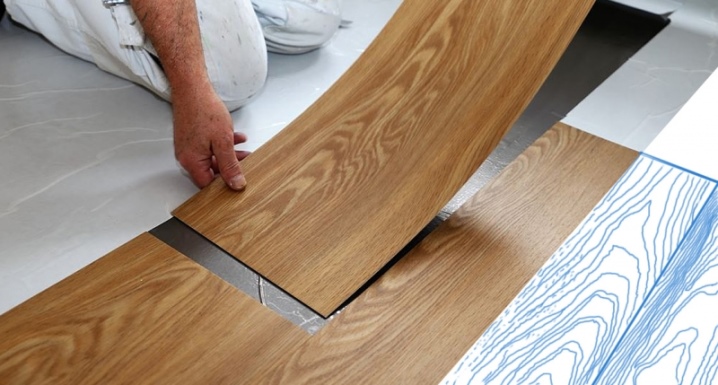
Expert advice
Here are a number of professional recommendations that you may need when laying quartz-vinyl flooring.
- It is not always appropriate to use a backing. In some cases, it can lead to divergence of elements and deformation of the finishing layer.
- Diligence with glue will not improve adhesion, its excess will come out and require additional efforts to eliminate the consequences.
- No force should be applied to tiles with locks so as not to break the grooves. If it does not snap into place, then the floor is not level enough.
- The installation of the floor with the participation of the adhesive is carried out with the windows closed in order to completely exclude drafts.
- When laying flexible tiles, it is necessary to leave an expansion gap between it and the wall of 1-2 cm. An increase in temperature in summer can lead to expansion of the tile.
- Furniture should be installed on fresh tiles after two days, and wet cleaning should be done after at least five days.
If everything is done correctly, the new warm, beautiful and high-quality floor will last 20 years.

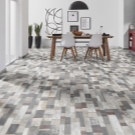
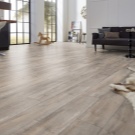
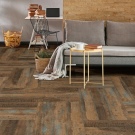
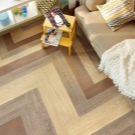
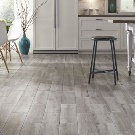
What other features quartz-vinyl tiles have will be discussed in this video.








The comment was sent successfully.